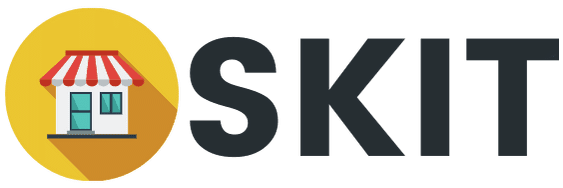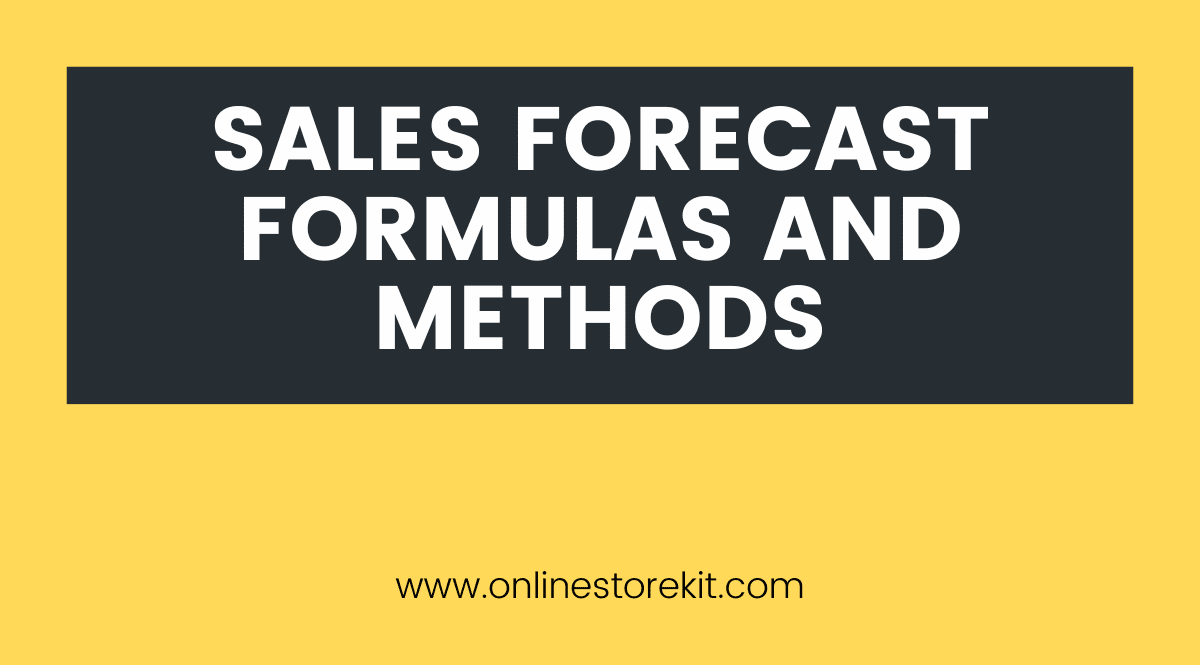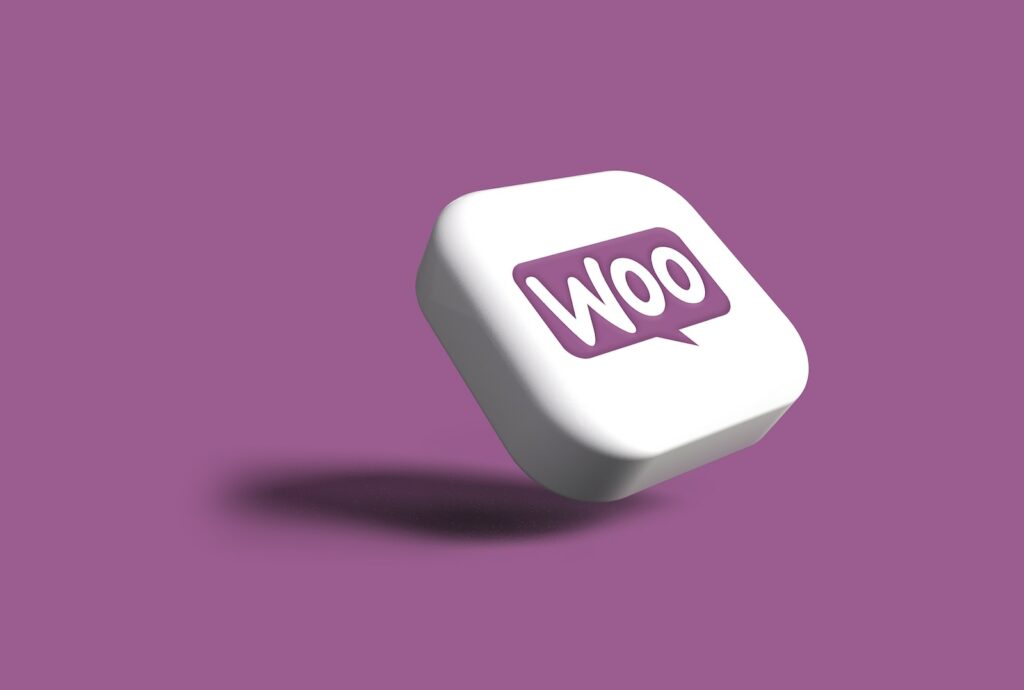It is a widely accepted truth that sales forecasts are an essential component of successful business planning.
This article will provide an overview of the various formulas and methods used to generate accurate sales forecasts.
It will discuss types of forecasting, key steps in development, benefits of accuracy, common techniques, and best practices for generating reliable results.
Additionally, it will explore the importance of using these formulas and methods in order to make sound decisions about future sales activity.
Key Takeaways
Hide- Sales forecasting methods can be categorized into qualitative analysis and quantitative approaches, such as time series analysis and regression models.
- The key steps in developing a sales forecast include collecting and analyzing recent data, adjusting assumptions based on market changes, forecasting sales volume and revenue, considering factors like market share and staffing levels, and continuously evaluating and adjusting forecasts based on new information.
- Accurate sales forecasting offers several benefits, including improving decision-making and increasing market share, identifying potential risks, reducing operational costs, adjusting pricing strategies, and gaining insights into customer preferences and emerging trends.
- Common forecasting techniques include benchmarking, trend analysis, and individualized best practices. Best practices for sales forecasting involve analyzing trends for each product line or customer segment, identifying drivers of sales, regularly monitoring and adjusting forecasts, ensuring accuracy through knowledge and data analysis, and using forecasts to inform strategies and budget allocations.
Types of Sales Forecasting
Sales forecasting is a technique for predicting future sales. It can be divided into qualitative and quantitative methods.
Qualitative analysis is used to identify potential opportunities in the marketplace. This approach involves gathering information from focus groups or expert opinion.
Quantitative approaches include time series analysis. This method uses past data to predict future sales trends. Statistics are used to identify patterns in the data and make predictions about what may happen in the future.
Regression models are also used in sales forecasting. They provide a better understanding of how different variables interact with each other and how these interactions affect sales forecasts.
These models are particularly useful for understanding long-term trends over time, such as seasonal fluctuations or economic conditions that could cause changes in customer demand.
Key Steps in Developing a Sales Forecast
Developing an accurate prediction of future sales performance requires a set of specific steps.
Firstly, the data from the most recent periods must be collected and analyzed in order to understand current trends and patterns.
Then, the data should be used to adjust existing assumptions about sales performance for each period going forward.
The purpose of this is to take into account any changes that have occurred during more recent time frames, such as new market competition or shifts in consumer behavior.
The next step involves forecasting sales volume and revenue for each period using a combination of qualitative analysis and quantitative methods.
Benefits of Accurate Sales Forecasting
Accurately predicting sales performance can provide numerous benefits to an organization. Forecasting sales helps businesses plan for the future and anticipate potential risks.
Having a sales forecast in place allows companies to determine how much inventory they need, what their staffing levels should be, and which markets they should enter or exit.
The following are some of the key benefits of creating an accurate sales forecast:
- Improving Accuracy: Accurate forecasting enables organizations to make better decisions that will lead to increased market share, revenues, and profits. It also provides managers with insights into customer preferences as well as emerging trends in the marketplace.
- Risk Analysis: Accurate forecasts help businesses identify potential risks associated with their investments and enable them to take preemptive measures before any losses occur. This can save time and money by allowing companies to avoid costly mistakes or unexpected surprises down the line.
- Cost Savings: Developing an effective forecasting system can help reduce operational costs by improving inventory management and increasing efficiency throughout the supply chain. It also allows businesses to adjust pricing strategies accordingly so that they don’t miss out on potential profits from fluctuations in demand or market conditions.
Common Forecasting Techniques
Various techniques exist for creating accurate sales forecasts, which can vary depending on the organization’s needs.
Benchmarking is a common technique that involves looking at past performance and using it to make predictions about future growth.
This is often done by comparing historical data with industry averages to determine how sales may increase or decrease in the future.
Trend analysis is another popular forecasting method; this approach looks at patterns of past performance and uses them to project possible outcomes over time.
Additionally, trend analysis helps identify any anomalies in data that could indicate an unusual level of activity or a shift in market conditions.
Both benchmarking and trend analysis are effective methods for forecasting sales, but the best practices for each need to be determined based on individual organizational needs.
The end result should be a reliable forecast that provides valuable insights into upcoming business decisions.
With this information, organizations can make informed choices about their strategies and budget allocations in order to maximize their profits and ensure success going forward.
Best Practices for Sales Forecasting
It is essential to understand the best practices for sales forecasting in order to make informed decisions about future strategies and budget allocations.
Forecasting requires a combination of knowledge, experience, and data analysis that identify trends and drivers which can influence sales performance.
To ensure accuracy, it is important to consider the following best practices:
- Analyzing trends: Trends should be identified for each product line or customer segment so they can be used during the forecasting process. This includes looking at historical data as well as any current market conditions.
- Identifying drivers: Drivers are outside factors that may impact sales such as seasonality, company events, or economic changes. Knowing these will help inform long-term forecasts.
- Monitoring accuracy: Sales forecasts should be monitored regularly and adjusted if needed due to changing circumstances or unexpected shifts in demand. Doing so will help ensure that forecasts remain accurate over time.
Conclusion: Sales Forecast Formulas and Methods
Accurate sales forecasting is an invaluable asset to any business. It allows businesses to make informed decisions, allocate resources effectively and plan for the future.
By choosing the right forecasting techniques and following best practices companies can maximize their potential profits while minimizing risks associated with forecasting errors.
By taking the time to develop a thorough forecast, businesses are in a better position to identify trends and opportunities that will lead to long-term success.





